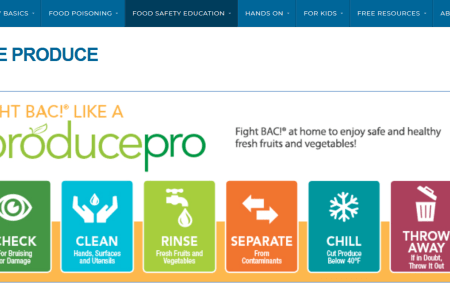A Healthy Eating Pattern Includes Fat-Free and Low-Fat Dairy
Consuming low-fat (1%) and fat-free milk in place of whole and reduced-fat (2%) milk can help participants two years and older meet dietary recommendations for saturated fat intake and maintain a healthy body weight, but how can you help participants already used to higher fat milks make the switch?
Effective nutrition education uses a participant-centered approach to address barriers to changing the type of milk consumed while promoting the contributions lower fat milks make to a healthy diet. Below are some points to consider when educating and assisting your participants when using this participant-centered approach.
- Some participants may be more receptive to gradually changing the type of milk consumed, in which they first attempt switching from whole milk to reduced-fat (2%) milk and then to low-fat (1%) or fat-free milk.
- FNS conducted focus groups across the nation and learned that many moms were unaware that low-fat (1%) and fat-free milks provide the “same nutrition but less fat” than whole and reduced-fat (2%) milk. This misperception may represent a significant barrier to behavior change and can serve as a starting point for nutrition education.
- Mothers may need assistance in identifying different types of milk by reading the food label. Formative research has shown that many individuals are unable to correctly identify the difference between fat-free, low-fat (1%), reduced-fat (2%), and whole milks.
The FNS Core Nutrition Messages website contains several communication tools, including an informative milk video, rollover widget, FAQ’s and mom stories that can assist WIC staff in helping participants make the switch to low-fat (1%) and fat-free milk.

 WIC Works Resource System
U.S. Department of Agriculture
WIC Works Resource System
U.S. Department of Agriculture



